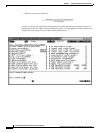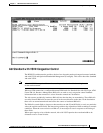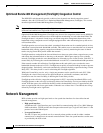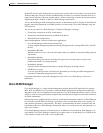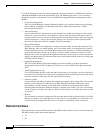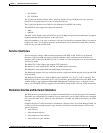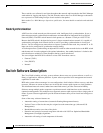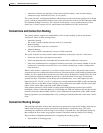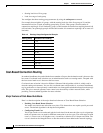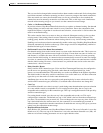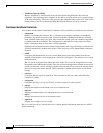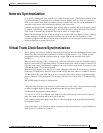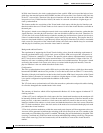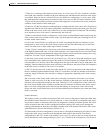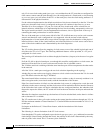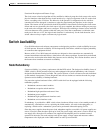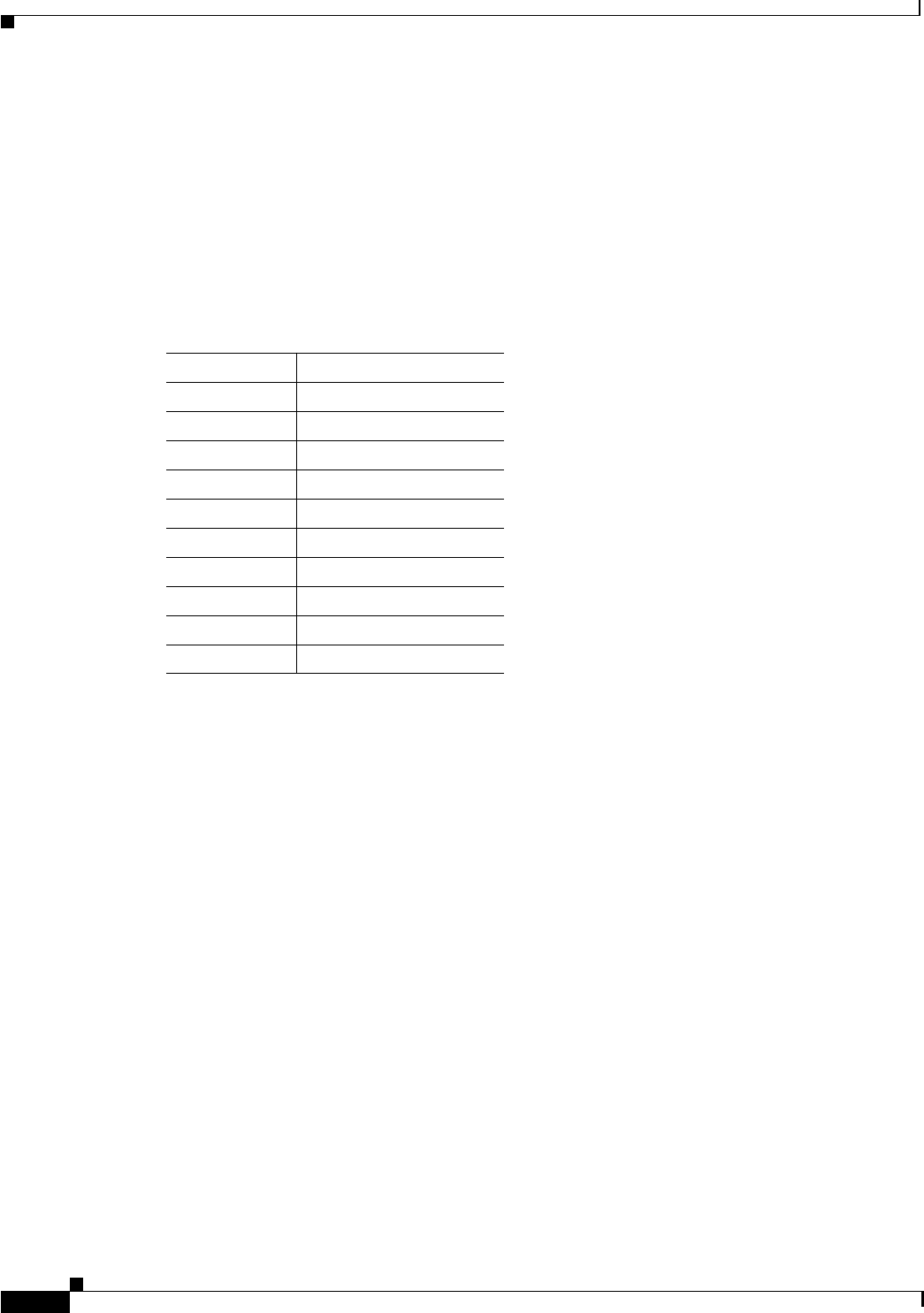
1-36
Cisco BPX 8600 Series Installation and Configuration
Release 9.3.10, Part Number 78-11603-01 Rev. D0, July 2001
Chapter 1 The BPX Switch: Functional Overview
Switch Software Description
• Starting load size of first group
• Load size range of each group
You configure the three routing group parameters by using the cnfcmparm command.
For example, there might be 10 groups, with the starting load size of the first group at 50, and the
incremental load size of each succeeding group being 10 cells. Then group 0 would contain all
connections requiring 0–59 cell load units, group 1 would contain all connections requiring from 60–69
cell load units, on up through group 9 which would contain all connections requiring 140 or more cell
load units.
Cost-Based Connection Routing
In standard AutoRoute, the path with the fewest number of hops to the destination node is chosen as the
best route. Cost-based route selection uses an administrative trunk cost routing metric. The path with
the lowest total trunk cost is chosen as the best route.
Cost-based route selection is based on Dijkstra’s Shortest Path Algorithm, which is widely used in
network routing environments. You can use cost-based route selection (that is, cost-based AutoRoute)
to give preference to slower privately owned trunks over faster public trunks that charge based on usage
time. This gives network operators more control over the usability of their network trunks, while
providing a more standard algorithm for route selection.
Major Features of Cost-Based AutoRoute
Here is a short description of the major functional elements of Cost-Based Route Selection.
• Enabling Cost-Based Route Selection.
You enable cost-based route selection at any time. This feature does not require special password
access. The default algorithm is the hop-based algorithm.
• Configuring Trunk Cost
You assign a trunk cost to each trunk (physical and virtual) in the network. One cost is assigned per
trunk; no separate costs are used for different connection or service types. The valid range of trunk
costs is 1 (lowest cost) to 50 (highest cost). A trunk has a default cost of 10 upon activation. The
cost of a trunk can be changed before or after the trunk has been added to the network topology.
Table 1-2 Routing Group Configuration Example
Routing Group Connection Cell Loading
00–59
160–69
270–79
380–89
490–99
5101–109
6110–119
7120–129
8130–139
9140andup



